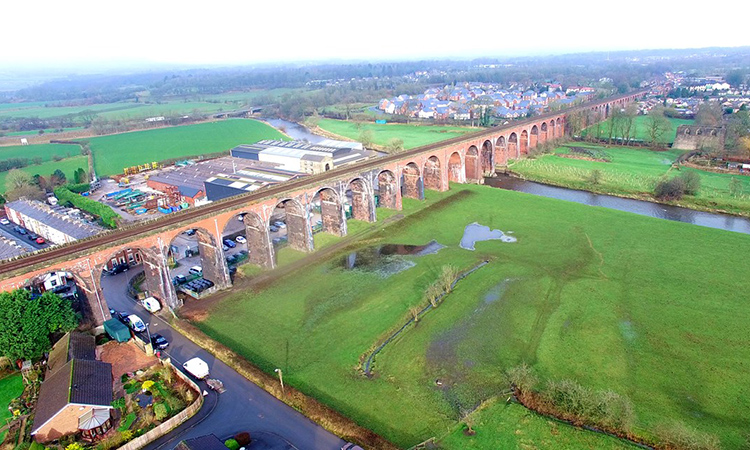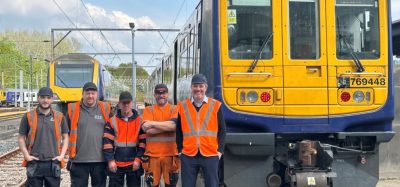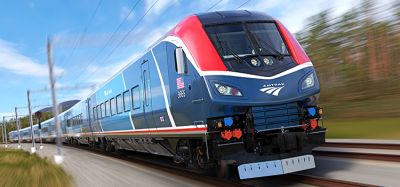Laser and drone technology recreate iconic Victorian railway viaduct
Posted: 9 March 2022 | Elliot Robinson (Editorial Assistant - Global Railway Review) | No comments yet
Laser and drone technology has been used by Network Rail to plan maintenance that will secure the future of the iconic 19th century structure.


Credit: Network Rail
Laser scanners and drones have been used to map every inch of the iconic Whalley railway viaduct in Lancashire to secure its future for passengers and freight. The 21st century technology is being used by Network Rail (see below video) to plan essential maintenance over the next six to eighteen months which will secure the 19th century structure for the future.
“While scanning the Whalley viaduct may look easy, the proximity of other interests such as a factory, roads, public footpaths and domestic property has made this a more challenging project,” Richard Walters, Chief Executive Officer for Commendium, said. “The issue has been finding places to scan from so that we could capture all the necessary walls and features of the viaduct.”
A total of 300 scans were taken of the 48-arch viaduct which carries the Blackburn to Clitheroe railway line 550 metres across the Ribble Valley. These scans of the 176-year-old structure have now been turned into a 3D computer model, creating a digital blueprint of the viaduct’s current condition. This allows teams to closely monitor any changes in the structure and identify problems in the ornate Victorian brickwork. It is also safer for the workforce, previously only manual checks using abseilers or scaffolding towers would find problems in the structure.
“We’re always looking to innovate on the railway and seeing drones and lasers being used to care for such an historic structure is really impressive,” Phil James, North West Route Director for Network Rail, said. “Using this 21st century technology gives Whalley viaduct’s engineers a forensic way to plan its essential maintenance for the next 18 months. Great care and attention is going in to make sure our work is right from a heritage perspective. This digital model plays a major role in that as we secure the Grade II listed-structure’s future for passengers, local people and tourists.”







